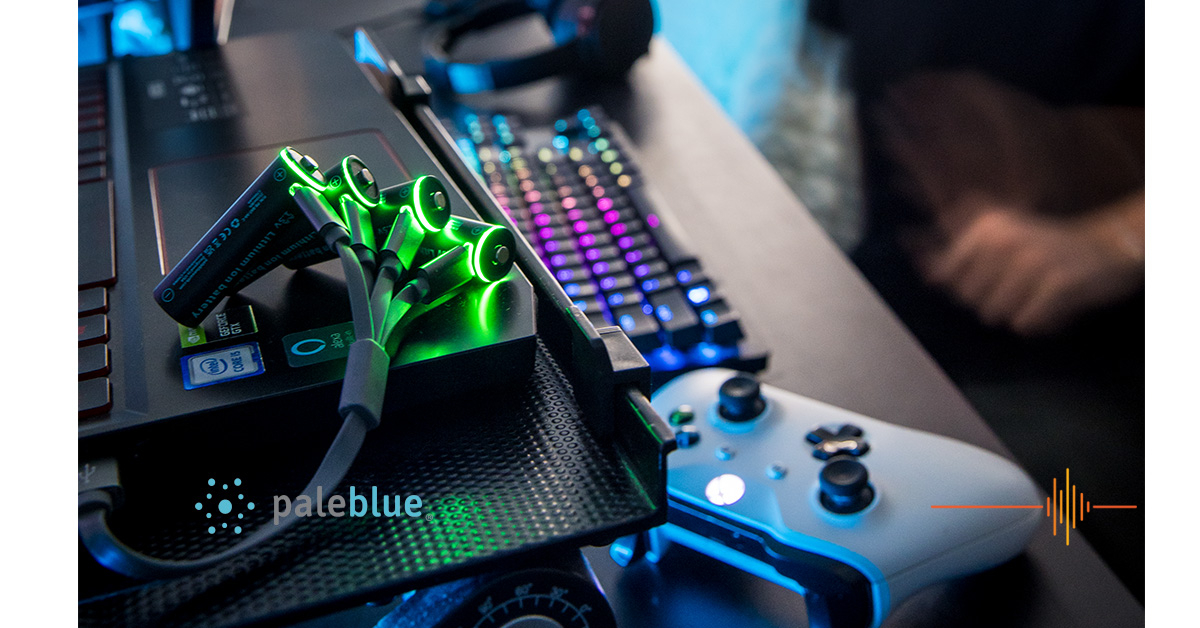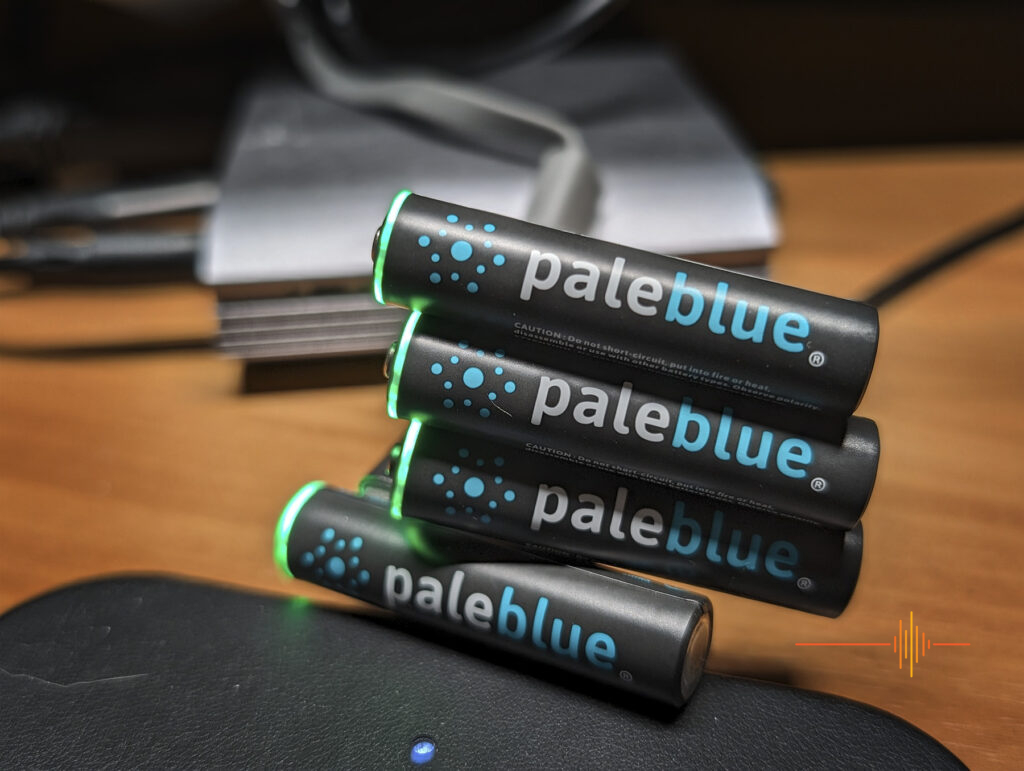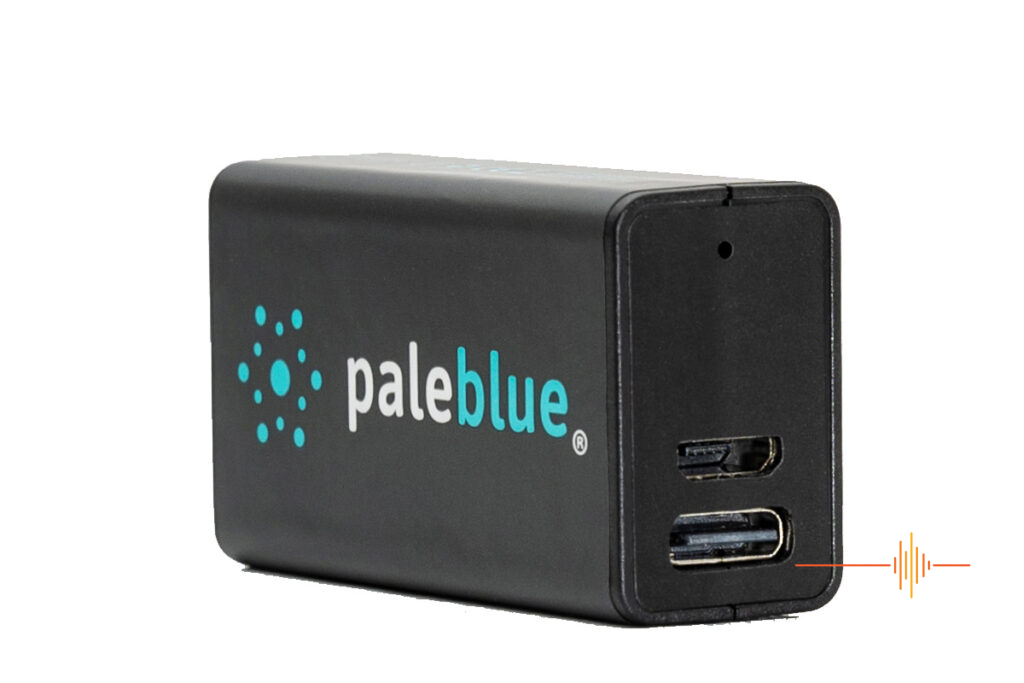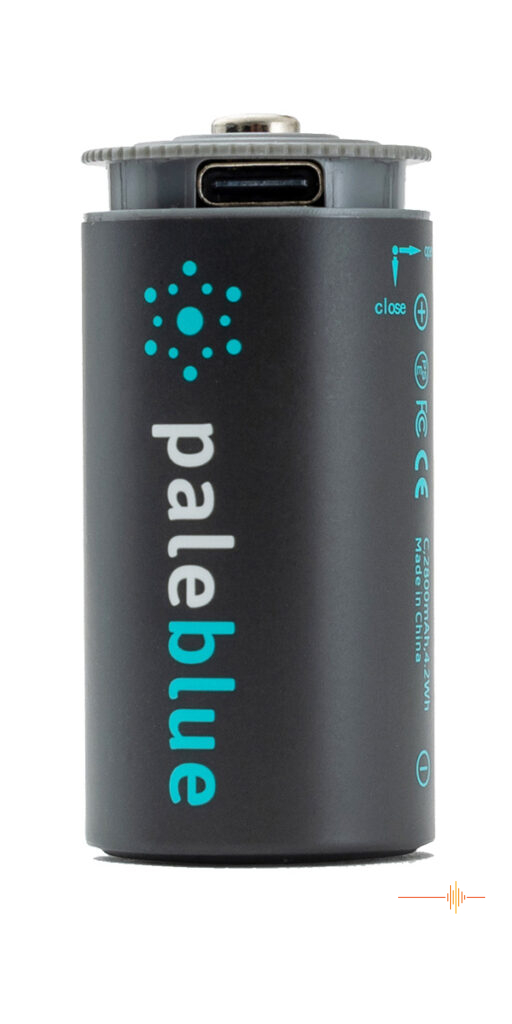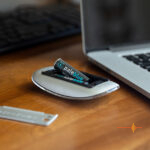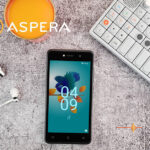“You never get a second chance to make a first impression.” After 18 years reviewing tech, I like to think I am pretty jaded when it comes to first impressions. However I was not prepared for when my Paleblue Lithium-ion rechargeable batteries turned up on the DRN review bench.
First Impressions
From the Paleblue press release, they said single-use batteries not only have a negative impact on the environment but also our back pockets. With such a focus on the environment, you would hope they would walk the talk.
Instead of the hell spawn invention called plastic blister packs, my batteries came in a clear sturdy plastic “travel” case. These are *metal screwed* into a sturdy cardboard which I am sure is from recycled material. The only waste was the soft plastic film to protect the carry case from scratching in transit.
I received, courtesy of Paleblue a four pack of AAAs and a four pack of AAs. What comes in each pack is also a short 1-in-4 USB-A to USB-C cable, making it incredibly simple to plug in multiple batteries to charge at the same time.
In Use
Traditional rechargeable batteries require a dedicated charger. I still can remember the first batch of rechargeable batteries we had at home back in Hong Kong, they were NiCd with a reddish outer shell and we needed the dedicated blocky charger with the moveable anode pin to cater for the different battery sizes.
Little has changed in the last 40+ years. Yes we have moved on from NiCd (mostly), but we are still reliant on these dedicated block chargers. Grant some of these chargers have more features than others, such as ability to condition batteries, test for remaining charge or capacity left.
The Paleblue batteries are one of those “why didn’t I think of it” ideas. These batteries have a USB-C port built right into them near the cathode – the positive end in plain English. There is a catch to this which I will cover off later.
Look I won’t tell you how to use batteries, that would just be offensive. The Paleblue batteries are in all aspects just your run of the mill AA, or AAA (and other variants). The key difference is that they are USB-C rechargeable and are designed to replace over 1000 single-use batteries each.
It takes just under two hours to fully charge them from empty. There is a white rim near the cathode end of the battery. This is actually a LED indicator which will blink green when charging, or steady green when fully charged.
This brings me back to the point earlier, why hasn’t this been done before? Because the USB module chews up space inside the battery body. Unlike say for a smart phone or a tablet, the size of standard batteries are set in stone and there is no wriggle room.
So just how much capacity do we lose swapping over to Paleblue batteries? For AA type nominally disposable batteries have a capacity of 2850 mAh, the Paleblue version loses 45% at 1560 mAh. For AAA type disposable batteries have a nominal capacity of 1200 mAh, the Paleblue gives 750 mAh – a 37.5% reduction.
Gripes
This is petty, but a nice to have would be some sort of indication of how much charge is left.
That said though, most brands do not have this feature either so it is neither here or there. As a photographer in a previous lifetime, I have my processes in place to denote which batteries are fully charged and which are used.
Other Thoughts
Indulge me in a little rambling here.
I have some specialised batteries to use in my camera gear, such as my flash modules where it needs to have a quick cycle and a preference for higher capacity than the standard commodity off the shelf stuff you get at the local shops.
The Paleblue though are just perfect for your average household use – remote controls for all kinds of appliances, kids toys, electric toothbrushes, computer peripherals, game controllers for example.
Lastly it is highly advised NOT to use them while charging as they can overheat. At best that will degrade the battery health, at worse it has the potential to explode.
Conclusions
It is estimated that in Australia alone, over 1 million single use batteries are thrown away, with over 90% of these ending up in landfill with all the associated environmental impact that it comes with. They leak hard metals and toxins into the ground and inevitably cycles through the ecosystem and affecting flora and fauna and then coming back to our table.
Lithium-ion batteries have life spans between two to three years. Paleblue estimates that each pack of four AA batteries could save you over $4800 in the equivalent single-use batteries. Yes you are working with reduced capacity, but you can recharge them 1000+ times.
The Paleblue rechargeable batteries comes in AAA, AA, 9V, C and D size in Australia. They start at AUD$49.95 with the minimum quantity of each type. For those interested in bulk, there is the Sustainability Kit with 8 each of AAA and AA plus two cables at AUD$149.95 or go all in with the Home Conversion Kit at AUD$349.95 which includes 12 x AA, 8 x AAA, 4 x 9V, 4 x D and two 4-in-1 charging cables at 20cm and 30cm lengths.
There are now in select stores, Amazon.com.au and paleblueearth.com.au. Be part of the solution!
DRN would like to thank Paleblue for providing the review units.


